Evening drone shows have become a spectacular modern marvel, blending technology with creativity to paint the night sky with vibrant lights and synchronized movements. Capturing these breathtaking displays requires a blend of preparation, technical knowledge, and creativity. In this guide, we’ll explore the steps and techniques necessary to photograph an evening drone show, ensuring you can capture the magic with your camera.
Relevant note: only 1 day left for the Fireworks Photography Guide July 4 Sale
Preparation
Start by researching the event. Knowing the location, timing, and specific details about the drone show helps you plan your shots. Check for any restrictions or recommended viewing spots. Visiting the location during the day allows you to find the best vantage points and identify potential obstacles.
You’ll need a DSLR or mirrorless camera with manual settings, and preferably a wide-angle lens for capturing the whole scene. A sturdy tripod is essential for long exposures to keep the camera steady, and a remote shutter release or self-timer will help avoid camera shake. Bring extra batteries and memory cards, as drone shows can be lengthy, and you’ll want to take plenty of shots.
Camera Settings
Aperture priority mode or Manual mode offers good control over your settings. Start with an ISO of 400-2000, adjusting according to the ambient light. A wider aperture (f/2.8 – f/5.6) helps let in more light, but ensure the scene remains in focus. For sharp, defined lights, use shorter exposures (1/60 – 1/200 seconds). Sometimes light trails can be fun, for those use longer exposures (5-15 seconds). Switch to manual focus and pre-focus on a distant light or structure. Set white balance to Auto or manually adjust to match the lighting conditions, with fine-tuning in post-processing.
Composition Tips
Consider framing and composition to enhance your shots. Use leading lines and natural frames to guide the viewer’s eye and balance elements using the Rule of Thirds. Including foreground interest, such as buildings or trees, adds context and scale. The sky will be your primary canvas, so ensure it’s clear and free of obstructions. Capture symmetrical patterns often created by the drones to enhance visual appeal.
During the Show
Be ready to shoot as the show starts, as the initial moments often feature dynamic movements. Continuously monitor your exposure, adjusting settings based on the intensity of the lights and changes in the show. Capture a variety of shots, including wide shots to show the scale and detailed shots for the intricacies. Experiment with different focal lengths and perspectives, and consider exposure bracketing to capture multiple exposures of the same scene for HDR processing later.
Post-Processing
Apply noise reduction to clean up any grain, especially if you used higher ISOs. Enhance sharpness to make the light trails and patterns pop. Consider creating composites or panoramic images if you took multiple shots covering different parts of the show.
Conclusion
Photographing an evening drone show is a rewarding experience that combines the challenge of night photography with the excitement of capturing a live event. With the right preparation, settings, and techniques, you can create stunning images that capture the essence and grandeur of the show. Enjoy the process and experiment with different approaches to find what works best for you. Happy shooting!
For Help with Fireworks Photography:
With 4th of July Independence Day celebrations quickly approaching, we have been receiving requests for more training on how to photograph fireworks. Fireworks photography is indeed one of the most daunting types of photography. This in-depth tutorial eBook explains the process from start to finish, everything from gear and camera settings to composition and post-processing to achieve great results with fireworks of any kind. Currently 55% off to help photographers prepare for the July 4th!
A common result of photographers new to fireworks photography is capturing nothing but bright white spots instead of colorful bursts. But with the guidance of this eBook in hand, you should be fully prepared to photograph brilliant fireworks displays.
Deal ending soon: How to Photograph Fireworks Guide at 55% Off
Like This Article?
Don't Miss The Next One!
Join over 100,000 photographers of all experience levels who receive our free photography tips and articles to stay current:
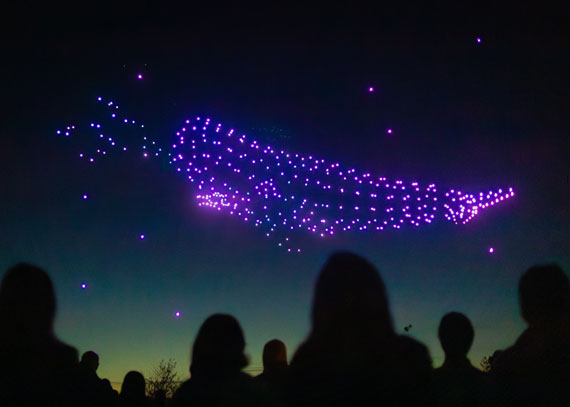
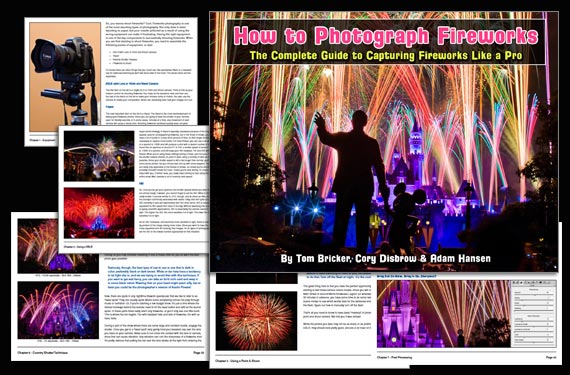


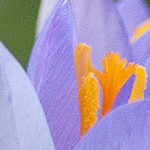

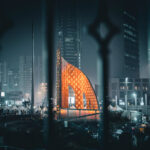
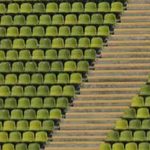
Leave a Reply